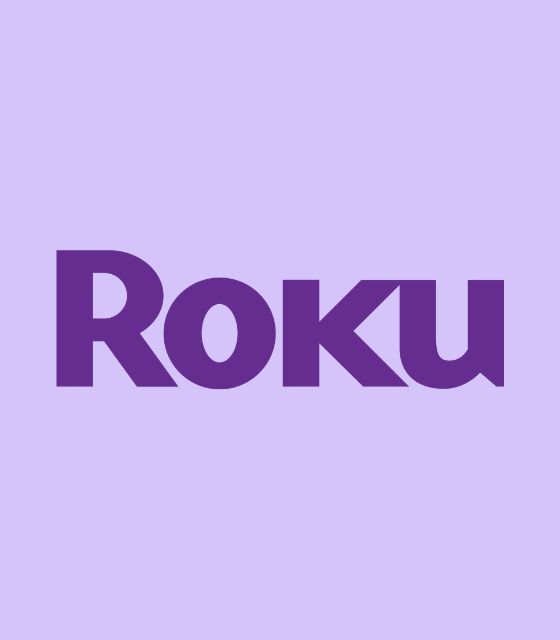Ad fatigue is a common issue in digital marketing campaigns, where ads are displayed (and repeated) across multiple platforms to reach a wider audience. Somewhat, it can be considered an “advertising fatigue” or a “marketing fatigue” for brands where their ads and strategies are no longer becoming as effective as they’d hope.
What is ad fatigue?
Ad fatigue is a phenomenon that occurs when individuals are exposed to the same advertisement repeatedly and start to lose interest or become immune to its message.
When an ad is initially launched, it tends to generate high levels of engagement and interest. However, over time, the target audience may become desensitized to the ad, leading to a decline in click-through and conversion rates. This decline in engagement can be attributed to several factors.
One factor that contributes to ad fatigue is the “banner blindness” phenomenon. This term refers to the tendency of internet users to ignore banner ads or display ads due to a phenomenon known as selective attention. As individuals are exposed to an increasing number of ads, they become more adept at filtering out irrelevant or intrusive content, including advertisements.
Moreover, the repetitive nature of advertising campaigns can lead to a decrease in audience interest. Audiences may grow tired of seeing the same message repeatedly and start to overlook or actively avoid the ads. This is especially true when the target audience is exposed to the ad multiple times within a short period of time.
Ad fatigue can also occur when ads are shown to the same custom audience repeatedly. While targeting specific audiences can improve click-through rates initially, it can lead to ad saturation over time. As the same group of individuals repeatedly sees the ads, they may become less receptive and less likely to take the desired action. In a way, it becomes a “content fatigue” for them as well.
So, how do you spot ad fatigue?
Ad fatigue can be a silent killer for your advertising campaigns. It slowly creeps in and silently diminishes the effectiveness of your ads, resulting in lower click-through rates, and conversion rates, and ultimately impacting your return on investment. But how do you know if your ads are suffering from ad fatigue? Here are a few key indicators to look out for:
Declining click-through rates
One of the first signs of ad fatigue is a decline in click-through rates. If your ads are not generating the same level of interest and engagement as they did initially, it may be a clear indication that your target audience is getting tired of seeing the same message over and over again.
Decreased conversion rates
Another telltale sign of ad fatigue is a decrease in conversion rates. If your ads are not driving the desired actions, such as sign-ups, purchases, or downloads, it may be time to evaluate whether your target audience is still responding positively to your advertising efforts.
High-frequency metrics
Frequency metrics refer to the number of times an ad is shown to an individual. If you notice that your ads are reaching the same audience too frequently, it could be a sign that they are becoming desensitized to your message. The rule of thumb suggests that showing an ad more than three times to the same audience within a short period of time can result in ad fatigue.
Lack of engagement
Engaged audiences are more likely to interact with your ads and take the desired action. If you notice a decline in engagement metrics, such as likes, shares, comments, or time spent on your ad, it could be indicative of ad fatigue. When people grow tired of seeing the same content repeatedly, they are less likely to engage.
Negative feedback or comments
Keep an eye out for negative feedback or comments from your target audience. If people express disinterest or frustration with your ads, it is a clear signal that they are no longer finding value in your messaging.
To effectively combat ad fatigue, it is crucial to proactively monitor these indicators. Regularly refresh your ad content and creative assets to keep your messaging fresh and relevant. Consider testing different ad formats, such as image ads, slideshows, videos, or interactive ads to maintain the interest of your audience. Additionally, leverage audience segmentation and targeting options to reach new and engaged audiences who have not yet been exposed to the creatives to prevent creative fatigue as well.
How to avoid ad fatigue
Ad fatigue can be a significant challenge in the world of digital advertising. As audiences are constantly bombarded with various ads, it’s essential to find ways to keep your messaging fresh and engaging. Which of the following would not contribute to ad fatigue? Well, here are some strategies to help you avoid it and maintain optimal campaign performance:
Regularly refresh your ad content
One of the main reasons for ad fatigue is repetitive messaging. To combat this, it’s vital to regularly update and refresh your ad content. Consider changing the visuals, copy, or calls to action to breathe new life into your advertisements. By providing your audience with fresh content, you’ll keep them interested and engaged.
Utilize different ad formats
Experimenting with different ad formats can help prevent ad fatigue. Instead of relying solely on static image ads, try incorporating videos, interactive ads, or even immersive experiences like virtual reality. These dynamic formats provide a fresh and captivating experience for your audience and can help maintain their interest.
Optimize your targeting
Reaching the right audience is crucial for preventing ad fatigue. To avoid saturating the same audience with your ads, make use of audience segmentation and targeting options. By reaching new and engaged audiences who haven’t yet been exposed to your ads, you’ll have a better chance of capturing their attention and avoiding fatigue.
Test different messaging and creative strategies
A successful campaign relies on continuous testing and optimization. Experiment with various messaging and creative strategies to see what resonates best with your target audience. Conduct A/B testing to compare different ads and determine which ones perform better. By constantly refining your approach, you’ll be able to prevent ad fatigue and improve overall campaign performance.
Monitor performance and adjust accordingly
To avoid ad fatigue, it’s important to monitor key performance indicators regularly. Keep an eye on click-through rates, conversion rates, and engagement metrics. If you notice any decline, it may be an indication that your ads are experiencing fatigue. Be prepared to make adjustments promptly, whether it’s refreshing content, changing targeting parameters, or altering your creative strategy.
Keep up-to-date with industry trends
The digital advertising landscape is constantly evolving, and staying up-to-date with the latest trends and best practices will help you avoid ad fatigue. Keep an eye on industry news, attend conferences or webinars, and network with other industry professionals. By staying informed, you can adapt your strategies to meet the ever-changing demands of your target audience and spot potential situations before they adversely affect your campaigns.
Final thoughts on ad fatigue
By implementing these strategies, you can effectively combat ad fatigue and maintain the effectiveness of your advertising campaigns. Remember, keeping your content fresh, relevant, and engaging is key to capturing and retaining your audience’s attention. With a proactive approach, you can ensure that your ads continue to deliver results and drive success in your digital marketing efforts.
To combat ad fatigue, it is essential for marketers to constantly refresh their ad content and creative assets. By creating fresh, high-quality, and relevant content, marketers can capture the attention of their target audience and prevent them from growing weary of the ads. Additionally, implementing a creative strategy that includes a variety of ad formats, such as image ads, slideshow videos, and display ads, can help maintain audience engagement.
To see more from illumin, be sure to follow us on Twitter and LinkedIn where we share interesting news and insights from the worlds of ad tech and advertising.












